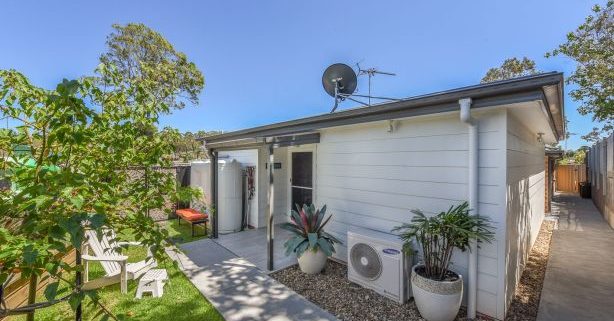What you need to know before building a granny flat
Granny flats, or secondary dwellings, can allow home owners to keep parents or adult children close by while giving them their own space. They can also be a great way to generate rental income.
But before you book in your builder, there are a few questions you’ll need to ask and some research to undertake to make your project a successful one.
Don’t assume that because your neighbour has one, you can have one too. Each state and territory has different laws governing secondary dwellings, with rules on block size and dwelling size and the distance you’ll need to leave between boundaries, trees and your existing house.
Allan Stroud, owner of Lifestyle Granny Flats, says in Queensland the rules differ from shire to shire.
“Each shire has its own particular requirements and limits as to how big you can build, and these can change,” he says. “For example in Moreton Shire the regulations have changed from 70 square metres down to 50 square metres because they were having enormous problems with infrastructure and parking.”
Stroud says in Logan the council introduced a hefty infrastructure charge after the provision of utilities for dual occupancy was proving too much of a burden. Ipswich also has an infrastructure fee, while in Brisbane you can build a dwelling up to 70 square metres but no more than two bedrooms.
If you live in Melbourne, Brisbane or Adelaide and you thought a granny flat was a great way to boost your cashflow, think again.
According to regulations in these cities, only immediate family or a “dependent person” can occupy your granny flat. In some instances, you may be required to remove your granny flat if that person leaves or dies.


